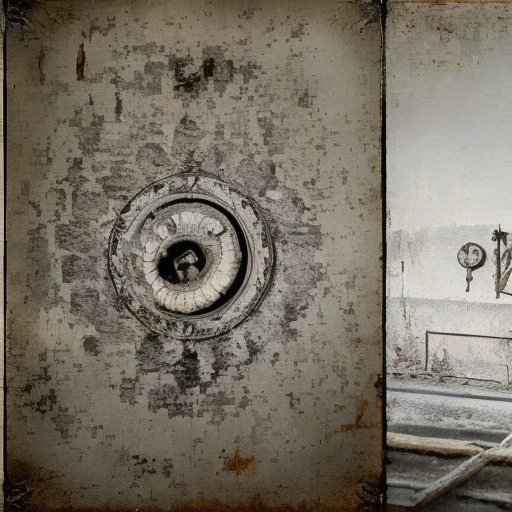Summary:
Heirlooms are treasured possessions that are passed down from generation to generation, carrying with them stories, memories, and a sense of family history. These objects can range from jewelry and furniture to photographs and letters. Heirlooms hold sentimental value and are often cherished for their connection to the past. They serve as tangible reminders of our ancestors and the lives they lived. In addition to their personal significance, heirlooms can also have cultural and historical importance, providing insights into different time periods and traditions.
What are Heirlooms?
Heirlooms are objects that are inherited from one generation to the next. They can be physical items, such as jewelry, furniture, or artwork, or intangible items like recipes, stories, or traditions. Heirlooms are typically passed down within families and hold great sentimental value. They are often associated with memories of loved ones and can evoke a strong sense of nostalgia.
Significance of Heirlooms
Heirlooms have both personal and cultural significance. On a personal level, they connect us to our ancestors and help us understand our family history. They provide a tangible link to the past and serve as reminders of the people who came before us. Heirlooms can also hold emotional value, as they may be associated with important life events or cherished memories.
Culturally, heirlooms can provide insights into different time periods and traditions. They can offer a glimpse into the lives of previous generations and the values they held. Heirlooms can also reflect the artistic, technological, and social trends of their time. They can be valuable resources for historians, anthropologists, and researchers studying various aspects of society and culture.
Types of Heirlooms
Heirlooms come in various forms, each with its own unique story and significance. Some common types of heirlooms include:
- Jewelry: Rings, necklaces, bracelets, and other pieces of jewelry are often passed down as heirlooms. These items can hold sentimental value and may be associated with special occasions or family traditions.
- Furniture: Antique furniture pieces, such as tables, chairs, and cabinets, can be heirlooms. They not only serve a functional purpose but also carry the history and memories of previous generations.
- Photographs: Old family photographs are often treasured heirlooms. They capture moments in time and provide a visual record of family members and events.
- Letters and Documents: Handwritten letters, diaries, and other documents can be heirlooms that offer insights into the lives and thoughts of our ancestors.
- Artwork: Paintings, sculptures, and other forms of artwork can be heirlooms that showcase the creativity and talent of previous generations.
- Textiles: Quilts, clothing, and other textiles can be heirlooms that represent the craftsmanship and traditions of the past.
Preserving and Passing Down Heirlooms
Preserving heirlooms is essential to ensure their longevity and continued significance. Proper storage, handling, and maintenance are crucial in preventing damage or deterioration. It is also important to document the stories and histories associated with each heirloom, as this information can be lost over time.
When passing down heirlooms, it is important to consider the wishes and preferences of future generations. Open communication and discussions about the significance of the heirlooms can help ensure their continued preservation and appreciation. Some families may choose to create formal agreements or guidelines for the distribution and care of heirlooms.
In conclusion, heirlooms are cherished possessions that hold personal, cultural, and historical significance. They connect us to our past, providing a tangible link to our ancestors and the lives they lived. Heirlooms come in various forms, each with its own unique story and value. Preserving and passing down these treasured objects is crucial to maintain their importance for future generations.












